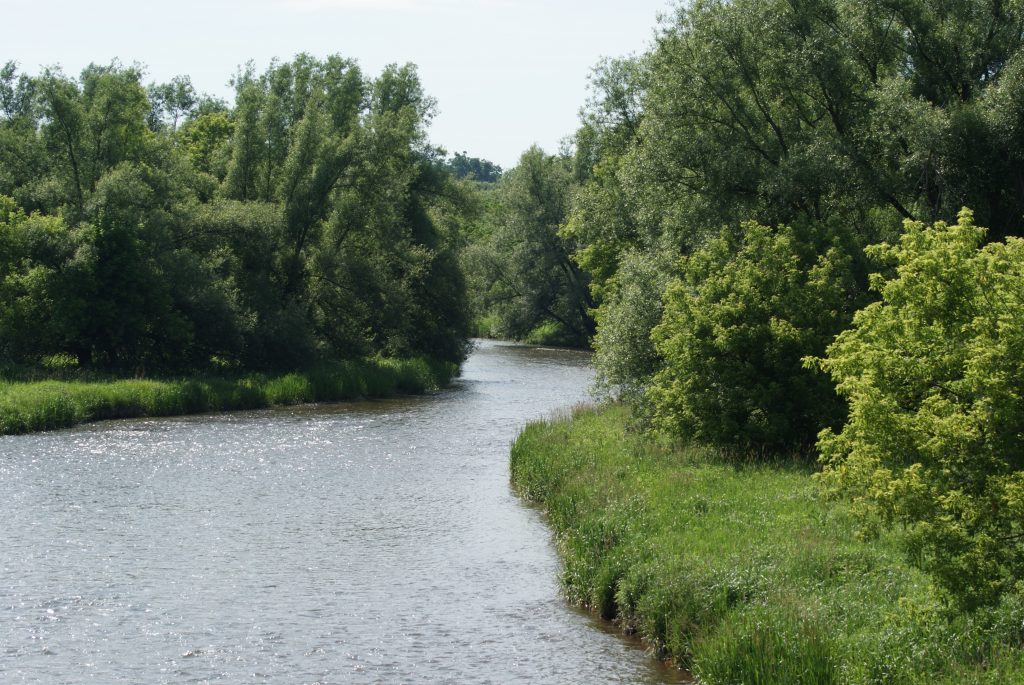 This is a guest blog by Sony Rai of Sustainable Vaughan, a collection of concerned active citizens representing an organized and educated voice on issues regarding the environment, sustainability and growth within the city of Vaughan.
This is a guest blog by Sony Rai of Sustainable Vaughan, a collection of concerned active citizens representing an organized and educated voice on issues regarding the environment, sustainability and growth within the city of Vaughan.
“They paved paradise to put up a parking lot.” Remember that Joni Mitchell song? In the GTA, there’s a risk that could actually happen.
Ontario’s Greenbelt aims to protect farmland and forests. But the province is planning a new 400 series highway, Highway 413, that would pave over significant portions of Greenbelt lands. (Take action today to stop this risky mega-highway!)
Highway 413 (also called the GTA West), is proposed six-lane mega-highway currently undergoing an environmental assessment, which would run from Vaughan to Milton and destroy thousands of acres of our best farmland in Peel and Halton Regions. It would also sacrifice large swaths of the Greenbelt. This is one of several threats facing Ontario’s Greenbelt.
Highway 413 won’t reduce traffic jams. Due to lack of public transit options in the outer suburbs, residents will still need to drive to get to their homes, jobs and schools. This will just be yet another highway where car-dependent residents are stuck in traffic.
Highway 413 represents an outdated, 1950s model of growth, which rewards sprawl and encourages car-dependent development. It’s time for a smarter model that encourages more liveable, walkable communities.
What’s especially unfortunate about Highway 413 is the lack of public debate around it. When public transit infrastructure is considered, there is an exhaustive debate about how to pay for it and what form it should take. But, when a new highway is planned, there is no debate. This needs to change. With a price tag of $4 billion, Highway 413 should receive the same public scrutiny (debate) as plans for new subways or LRT’s.
When the Places to Grow Act and Greenbelt Plan were enacted, they represented a fundamental re-think about how we grow the region. Unfortunately, the government didn’t have that same re-think about how we move people and goods through the region. The Big Move, Metrolinx’s transportation and transit plan, is largely an amalgamation of existing public transit and highway plans. It was never fully aligned with the planned urban growth centres in the Growth Plan and it never re-imagined how public transit could shape our suburbs.
Aligning growth planning and transit planning makes sense. By coordinating transit investment with housing and employment, we can encourage more people to leave their cars at home. Currently, the lack of regional public transit feeds traffic congestion, and can damage our health, quality of life and our shared climate. Growth planning needs to be part of a larger conversation about how we both house and move people in the northern boundary of the GTA where car dependency is high. The Big Move requires a big re-think and this highway is a good place to start.
By 2031, the GTA plans to accommodate 3.7 million people. Growth isn’t the issue; it’s the pattern of growth that needs to change. Far apart, low density growth — enabled by highways — has resulted in the traffic congestion that plagues the entire region. It’s also costing municipalities more money because it’s more expensive to provide kilometres of services (water pipes, etc) to inefficient sprawl subdivisions.
We need to break out of our outdated model, where highway and road infrastructure investment comes first, followed by low density housing development, followed years later by public transit investment in the form of infrequent and poorly connected bus service.
Regional rail is the key to reducing traffic congestion throughout the region – not highways. An east-west rail network, linking to existing commuter rail lines, would allow the development of vibrant, walkable towns concentrated around rail stations and connected to the entire region.
With Highway 413, the province is still planning for cities of the past 50 years, not the next 100 years. It’s time for a re-think of our transit planning to get people moving and out of their cars. Providing regional rapid transit is the key to supporting a progressive economy that’s moving away from a car-dependent sprawl model of growth. Investing in regional transit will help create more of the communities where people actually want to live, family-friendly, vibrant places where people aren’t stuck in their cars for hours.
Make your voice heard! Tell Ontario you don’t want another mega-highway that will worsen traffic jams, enable more sprawl and hurt our climate.
Want to do more? Tell Ontario to strengthen the Greenbelt so that forests and farmland aren’t at risk of being paved over.







